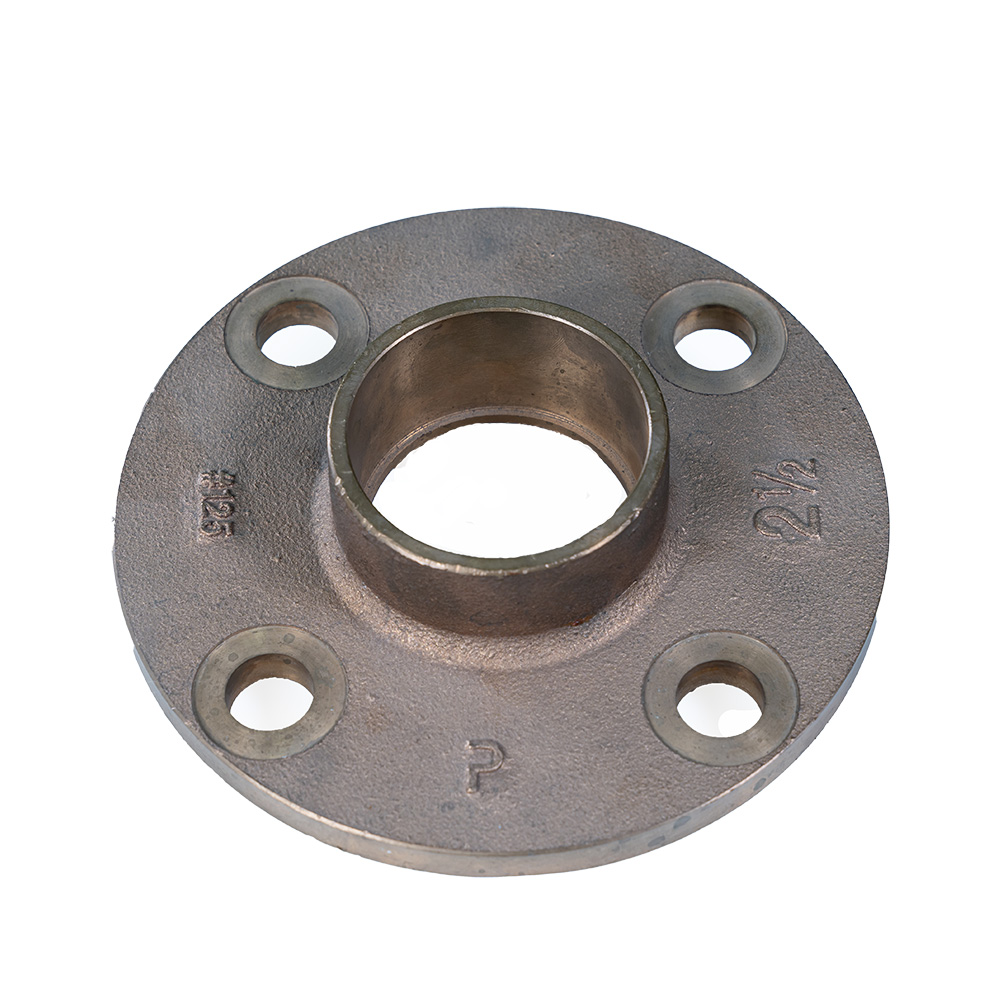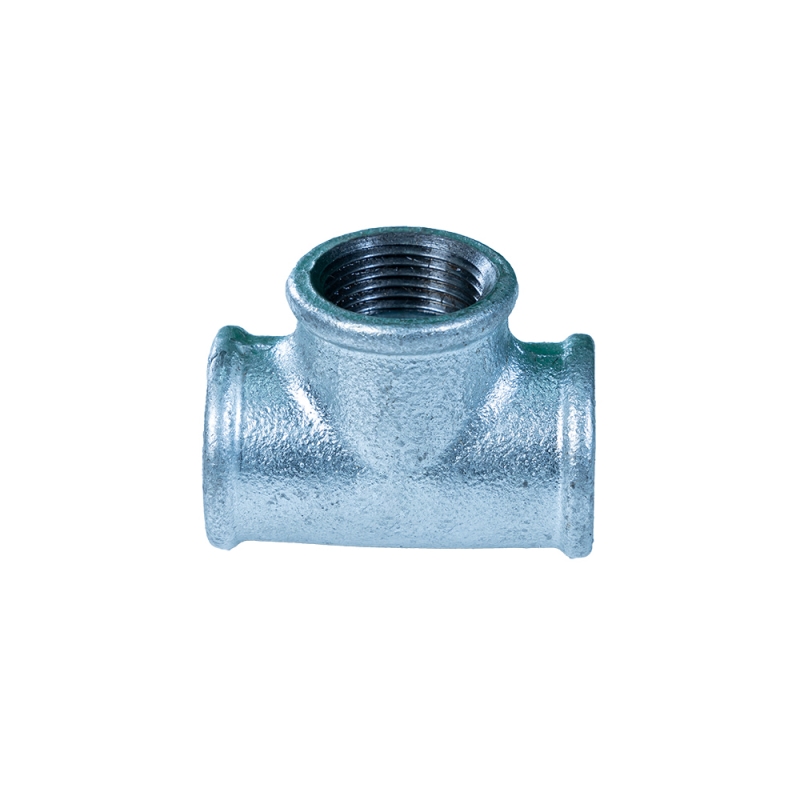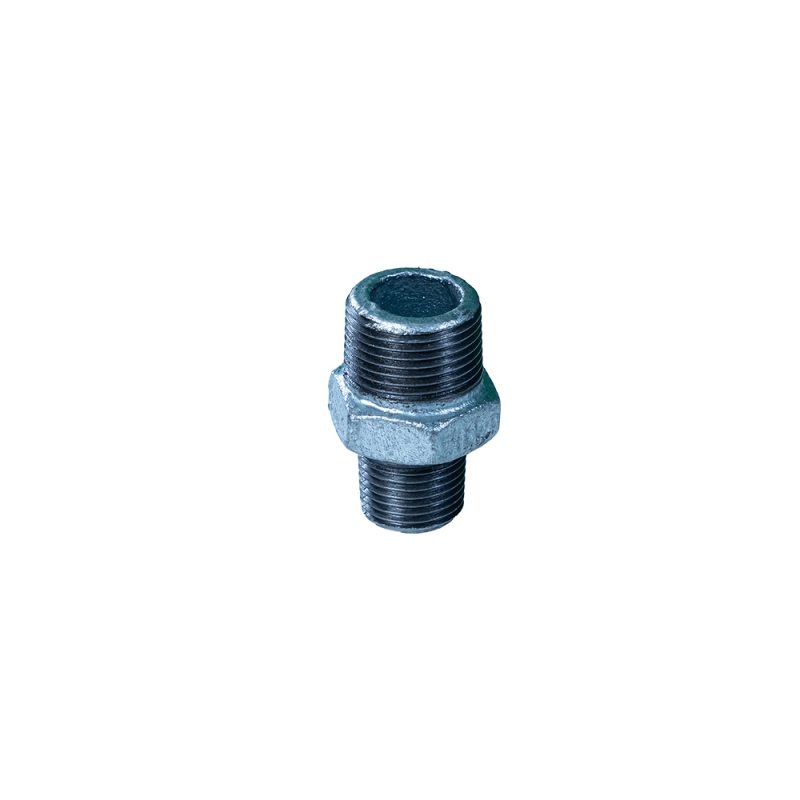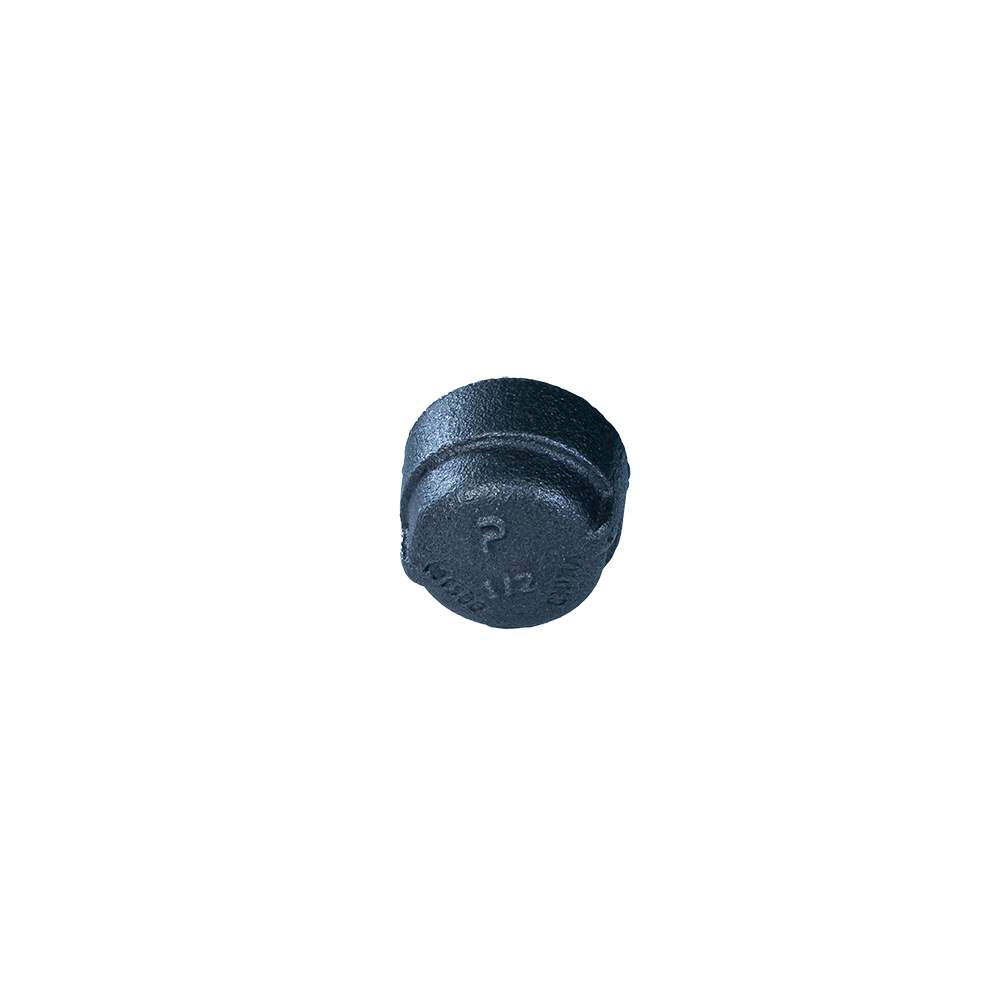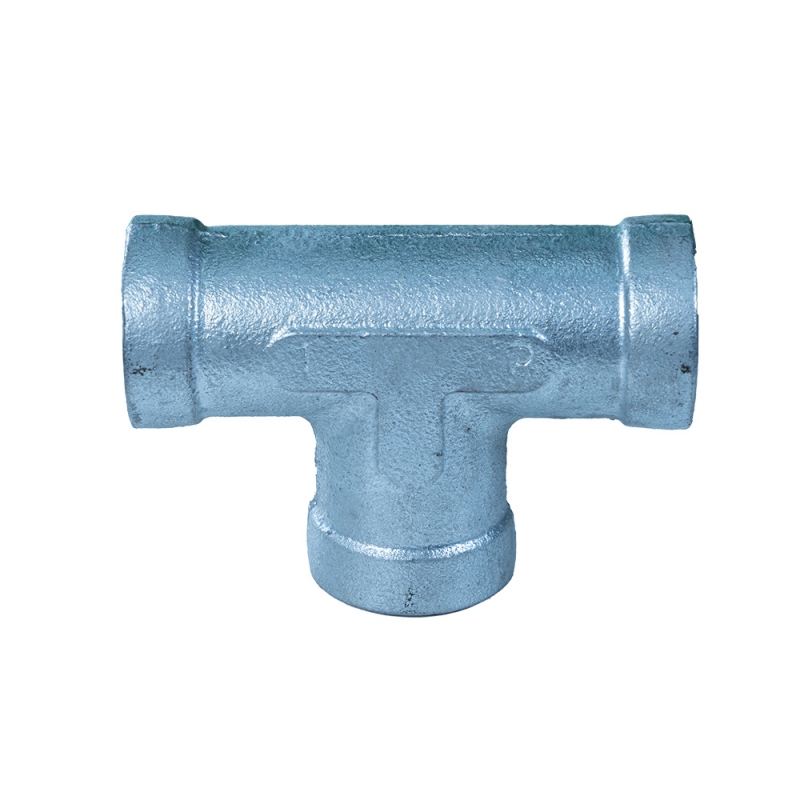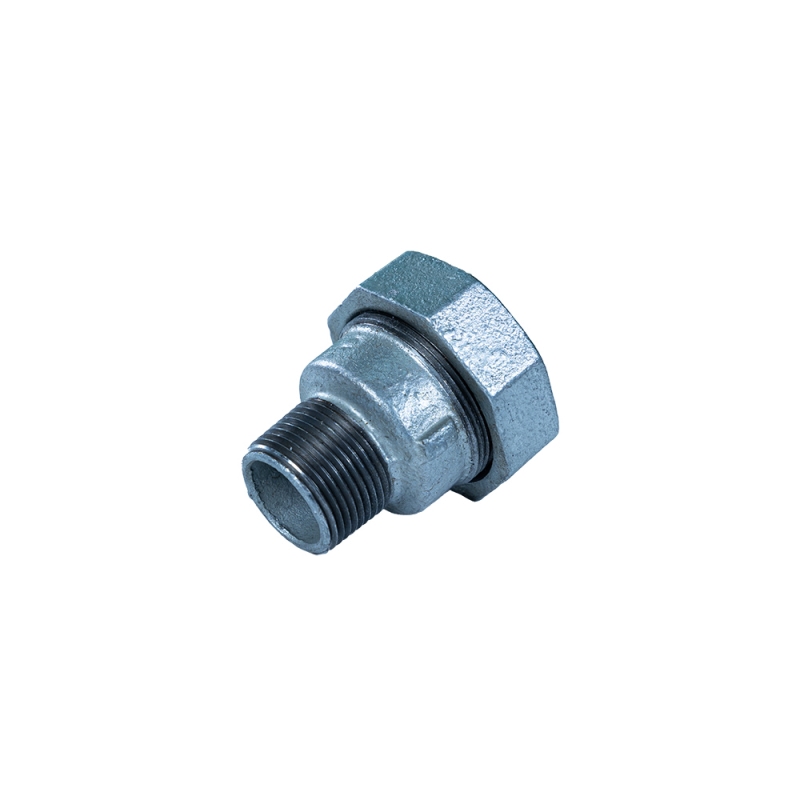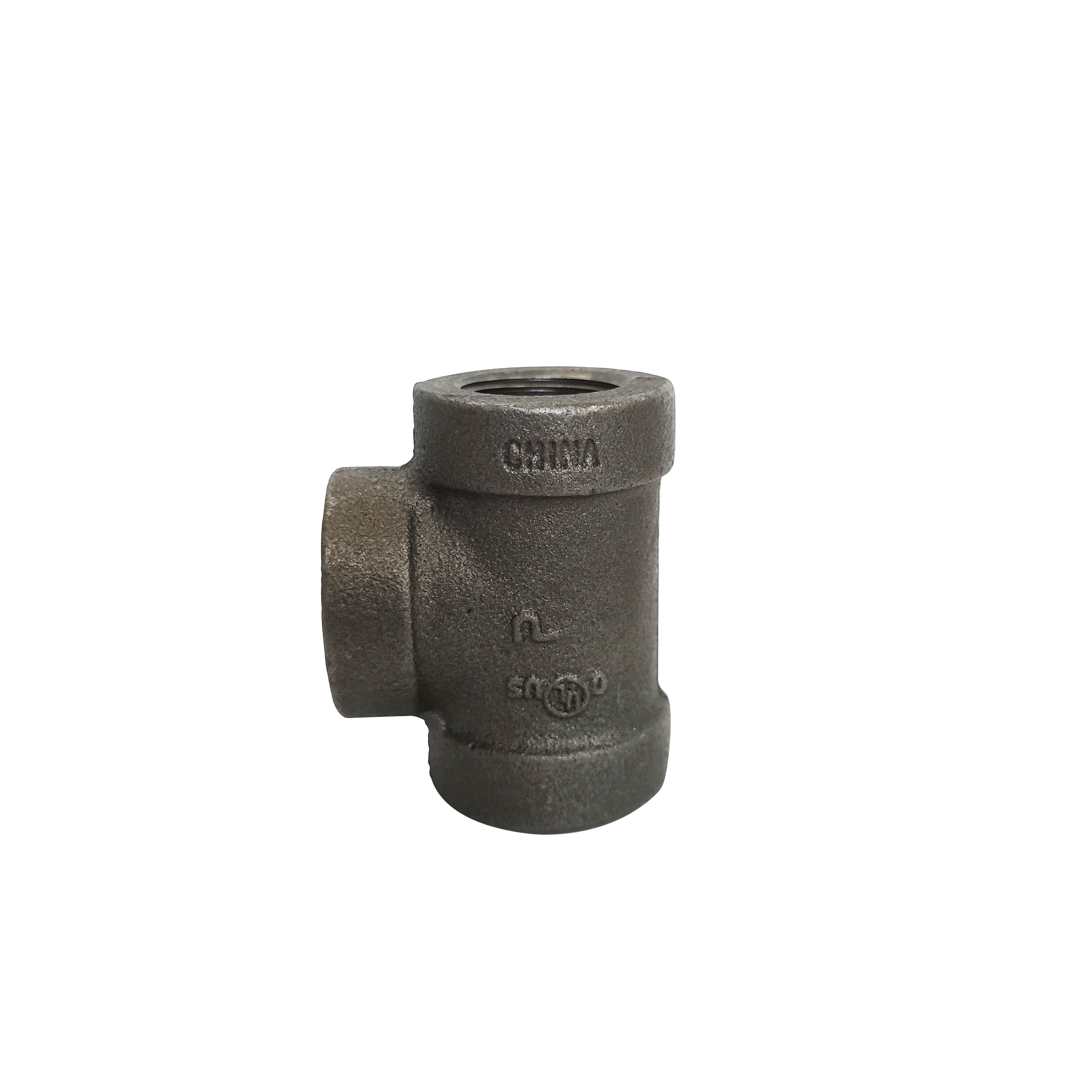- Introduction to 40mm equal tee
, 40mm reducing tee, and their relevance in fluid systems - Technical Advantages of 40mm Equal Tee
- Comparative Manufacturer Data: 40mm Equal Tee vs Reducing Tee vs Waste Reducer Tee
- Custom Solutions: Tailoring 40mm Tee Fittings to Project Needs
- Application Scenarios: Real-World Case Studies and Results
- Installation Guidelines and System Integration Insights
- Conclusion: Advancing Pipework with the 40mm Equal Tee
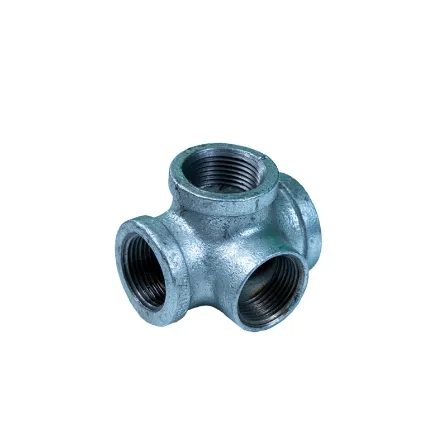
(40mm equal tee)
Introduction: The Role of 40mm Equal Tee and Reducing Tee in Modern Pipework
In contemporary construction and pipeline systems, precision fittings like the 40mm equal tee have become indispensable. The equal tee, alongside variants such as the 40mm reducing tee and 40mm to 32mm waste reducer tee, addresses versatile connection needs within domestic, commercial, and industrial fluid networks. As infrastructure systems evolve, the demand for standardized fittings that allow seamless integration and reduction, while ensuring minimal leakage and long-term durability, has surged exponentially. Recent reports state that the global pipe fittings market is expected to surpass USD 22 billion by 2026, with plastic and polymer-based tees registering a 7.4% CAGR, supported by rising urbanization and retrofitting projects globally.
This discussion delves deep into technical features, performance advantages, and case-driven relevance of both equal and reducing tees, giving you insights for selecting the right 40mm pipe fitting for sustainable systems.
Technical Advantages of Modern 40mm Pipe Tee Designs
Material innovations have transformed the way pipe tees are fabricated and deployed. The 40mm equal tee, typically manufactured from uPVC, ABS, or polypropylene, offers superior resistance to chemical corrosion, making it ideal for waste, water, and HVAC pipelines. A modern 40mm reducing tee supports smooth flow transition between pipes of varying diameters, minimizing turbulence and hydraulic pressure loss. Notable technical advances include:
- Longevity: uPVC and ABS tees display an average lifespan exceeding 30 years under standard use, with chemical resistance critical to waste management systems.
- Pressure Ratings: The 40mm equal tee generally withstands up to 16 bar (232 psi), ensuring compatibility with both high- and low-pressure applications.
- Precision Moulding: Injection mould technology delivers dimensional accuracy with a tolerance often better than ±0.25mm, improving leak-proof joins.
- Thermal Stability: Polymeric tees maintain integrity across a temperature range of -10°C to 65°C, suiting both cold and mildly hot water services.
The right selection between an equal or reducing tee depends on hydraulic design, outlet requirements, and spatial constraints. Waste reducer tees like the 40mm to 32mm version exemplify adaptation where systems need step-down connections to handle variable waste flows.
Manufacturer Comparison: 40mm Equal Tee, Reducing Tee, and Waste Reducer Tee Analysis
To provide actionable insights, here is a comparative data overview drawn from three leading manufacturers specializing in 40mm pipe tees. The table below benchmarks essential performance criteria, certifications, and warranty support.
| Specification | 40mm Equal Tee | 40mm Reducing Tee | 40mm to 32mm Waste Reducer Tee |
|---|---|---|---|
| Material | uPVC / ABS / PP | uPVC / ABS / PP | uPVC / ABS |
| Pressure Rating | 16 bar | 16 bar | 10 bar |
| Temperature Range | -10°C to 65°C | -10°C to 65°C | -10°C to 65°C |
| Dimensional Tolerance | ±0.2mm | ±0.25mm | ±0.25mm |
| ISO Certification | ISO 1452, EN 1329 | ISO 1452, EN 1329 | ISO 1452 |
| UV Resistance | Good | Good | Standard |
| Warranty | 10 years | 8 years | 5 years |
| Average Market Price (per unit) | $1.15 | $1.34 | $1.28 |
As the table illustrates, 40mm equal tees offer superior warranty and slightly better precision, making them a preferred choice for primary distribution lines, while reducing and waste reducer tees serve best in customized system configurations where varied diameters and connections are required.
Custom Solutions: Tailoring 40mm Tees for Unique System Demands
One of the pressing demands within construction and plant engineering is the provision of fittings that can adapt to challenging spatial layouts, pressure requirements, or compliance standards. Custom-length or non-standard angle 40mm equal tees have become increasingly requested for tight retrofit installations or specialized machinery connections. Several leading manufacturers now offer CNC-machined custom tees, fabricated with specific wall thicknesses or branch orientations, which can improve throughput by up to 12% in complex networks.
Designers and engineers have also begun specifying solvent-weld, mechanical, or compression-based 40mm reducing tees to accommodate quick changes and minimize installation downtime. A recent facility upgrade in Western Europe achieved a 35% reduction in leakage incidents after custom waste reducer tees replaced legacy cast-iron connectors. This underscores the importance of collaboration between suppliers and clients, where tailoring not only improves fitment and flow but bolsters overall system efficiency.
Application Scenarios: Real World Impact of 40mm Tee Installations
The deployment of 40mm equal tee, reducing tee, and 40mm to 32mm waste reducer tee solutions is widespread across diverse industries:
- Domestic Plumbing: 40mm equal tees form the backbone of most residential greywater and waste systems, connecting bath, sink, and appliance outflows. Transition tees accelerate multi-appliance connectivity in congested risers.
- Commercial Buildings: In a mid-rise London office block, deploying custom 40mm reducing tees rationalized HVAC condensate drainage, boosting maintenance access by 22% and lowering clogging incidents.
- Industrial Processing: Chemical processing plants favor high-grade uPVC equal tees for chemical waste due to their inert behavior, reducing replacement frequency by 40% versus metallic branch fittings.
- Healthcare Facilities: Hospitals have replaced metal with 40mm waste reducer tees in renovation projects, benefiting from antimicrobial polymer properties and 30% faster installation times.
Additionally, municipal wastewater upgrades worldwide have shown a migration towards equal and reducing plastic tees for improved flow management. Notably, a central European city reported a 16% boost in pipeline longevity and a 9% cut in annual maintenance expenditure after a full system conversion.
Installation Guidelines and Integration Best Practices
For maximum performance, the mounting and joining of 40mm equal tee and reducing tee systems must follow best practices stipulated by both local regulations and international standards. Key installation tips include:
- Ensure all pipe ends are clean, deburred, and dry before fitting the tee and applying approved solvent cement.
- Align pipe markings to ensure correct branch orientation, especially for 40mm reducing tees in gravity-fed systems.
- Allow a curing time of 24 hours prior to full pressurization—testing to at least 1.5 times working pressure is recommended before commissioning.
- Use appropriate supports; avoid point loads directly at joint interfaces to extend service life and avoid shear stress failures.
- Regular inspection should be scheduled annually, with particular attention to reducer tees in higher-load segments for early detection of material fatigue.
For integration with legacy systems, adapters may be required to accommodate dissimilar materials or old metric standards. Consultation with technical support is strongly advised during the planning stage for large-scale upgrades.
Conclusion: Enhancing System Reliability with the 40mm Equal Tee
The strategic application of quality-engineered 40mm equal tee, 40mm reducing tee, and waste reducer fittings represents a cornerstone in the creation of resilient, efficient, and adaptable fluid networks. Superior material science, tested technical benchmarks, real-world case performance, and flexible manufacturer options empower specifiers to meet the expanding demands of modern construction and industrial plant environments.
Whether optimizing for speed, lifespan, or compliance, a well-selected 40mm tee supports seamless installation and ongoing system value. With data-driven decision-making and bespoke options now easily accessible, today's systems engineers can meet tomorrow's requirements with certainty and reliability.
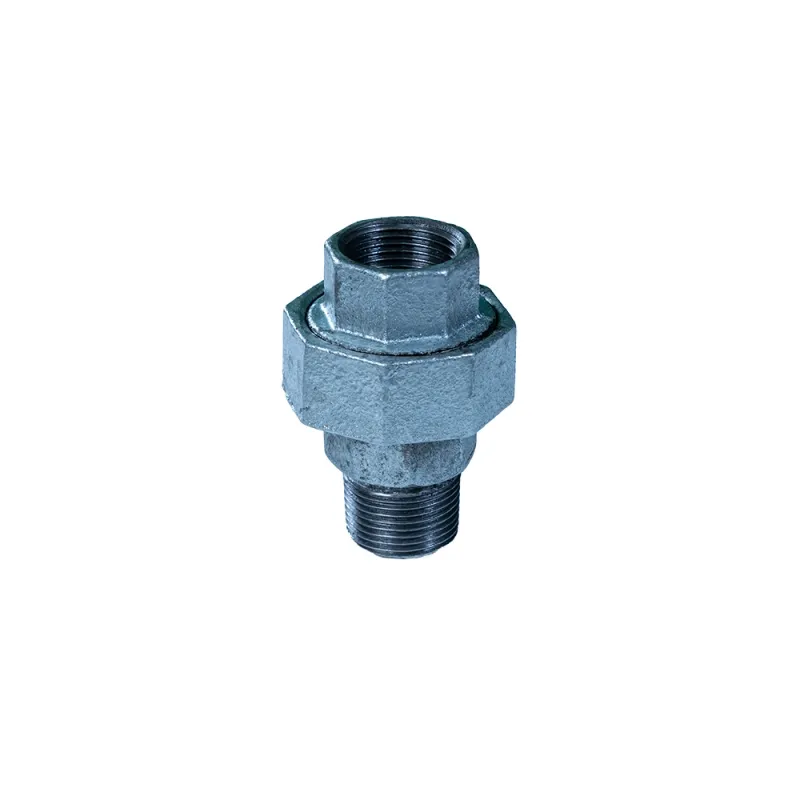
(40mm equal tee)
FAQS on 40mm equal tee
Q: What is a 40mm equal tee used for?
A: A 40mm equal tee is used to join three 40mm pipes at a T-junction. It allows for equal flow distribution in plumbing and waste systems. It's commonly used for waste water and drainage connections.Q: How does a 40mm reducing tee differ from an equal tee?
A: A 40mm reducing tee has one or more branch outlets smaller than 40mm, such as 32mm. It connects pipes of different diameters in a T-configuration. In contrast, an equal tee has all three outlets sized at 40mm.Q: Can I connect a 40mm waste pipe to a 32mm pipe using a 40mm to 32mm waste reducer tee?
A: Yes, a 40mm to 32mm waste reducer tee is designed for this purpose. It allows you to branch a 32mm pipe off a 40mm main pipe. This is ideal for connecting smaller appliance drains to larger waste pipes.Q: Are 40mm equal tees suitable for both horizontal and vertical installation?
A: Yes, 40mm equal tees can be installed horizontally or vertically. They efficiently channel flow in both configurations. Always ensure correct orientation to optimize drainage.Q: What material are most 40mm equal and reducing tees made from?
A: Most 40mm equal and reducing tees are made from durable PVC or ABS plastic. These materials are resistant to corrosion and chemicals found in waste systems. Some also come in metal for specialized applications.Post time: Jul-05-2025


